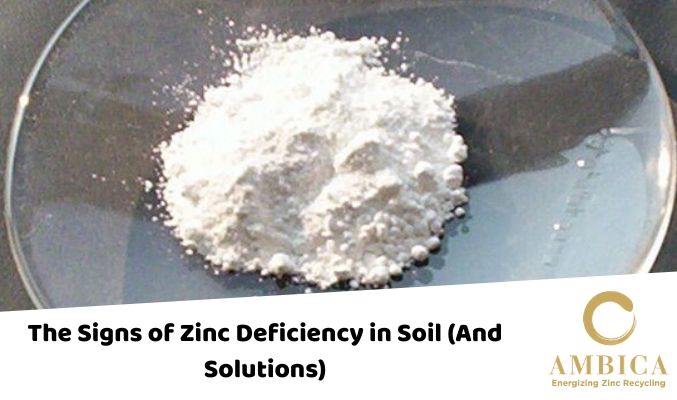

80 percent of rice land is deficient in zinc. And this has emerged to be a big challenge for all kinds of farmers in the country, which has brought zinc sulphate heptahydrate manufacturers in India in the spotlight.
Zinc deficiency not only discolors the leaves but also hinders plants’ growth, which then affects the entire plantation if left unchecked. The challenge here is first identifying whether it’s really zinc deficiency or some other micronutrient deficiencies. Because often they share the same symptoms that are hard to distinguish. However, there are some key signs that you can look to recognize if the soil is short in zinc and has affected the plant.
Zinc deficiency causes leaves to discolor, a phenomenon called chlorosis. Generally, the tissues between the veins turn yellow; the veins remain green. If this is left unchecked, it spreads and the entire leaf turns purple or brown gradually, and eventually dies.
The biggest difference between chlorosis caused due to zinc deficit vs. any other micronutrient deficiencies is that with the former the discoloration begins on the lower leaves, while with the latter, upper leaves get discolored first.
So, if you see brown spots or discoloration on the bottom half of the leaves after about 3 weeks of the plantation, that’s a big red sign. Another big sign is that the fresh leaves are smaller in size than standard once matured. This happens very often when people pull out the affected plants due to zinc deficiency and then replant fresh crops without first treating the soil. Also, if the soil is deficient in zinc, you would notice that there is no uniform maturity of the crop.
Of course, if you aren’t particularly informed about the subject and sense there’s something wrong with the land, it’s always a good idea to talk to an expert. You can diagnosis critical deficiencies through soil and plant analysis. You can easily find many labs where you can send the samples for testing.
Once you have recognized the problem, the solutions are pretty straightforward. It includes broadcasting zinc solutions in nursery seedbed, presoaking seeds in 2-4 percent of ZnO suspension, keeping the plants well hydrated, improving your cropping technique, and maintaining the quality of irrigation water. Make sure the zinc solutions you’re using is of agriculture grade. Find one of the top zinc sulphate monohydrate manufacturers in India and purchase from them.
Again, if you don’t know much about the subject, it’s usually a good idea to consult an expert for healthier cultivation.